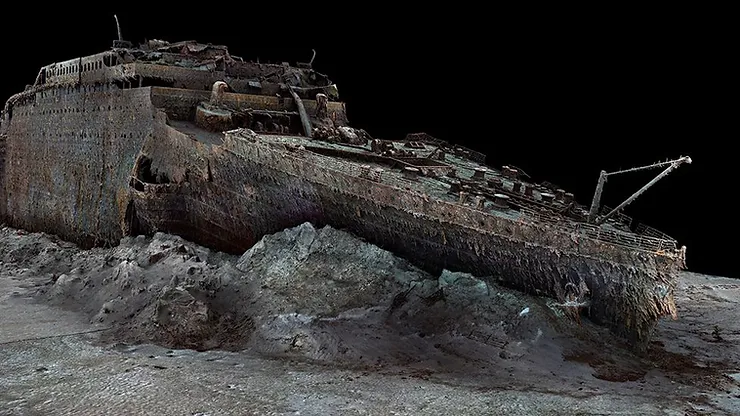By: Bowen Wang
A giant ship, the most luxurious of its time, set off on its maiden voyage from Southampton, England to New York. That ship was the RMS Titanic — a British passenger ship carrying over 2,200 passengers, including 900 crew members. On April 14th, at midnight, the ship hit an iceberg. The crest and the bow separated, causing the ship to tear into two pieces. The ship sank, and out of the 2,200 people on board, only 700 people survived.
The Titanic had received six warnings of sea ice on April 14th but was traveling at a speed of roughly 22 knots, or 25 mph, when her lookouts sighted the iceberg. The ship was unable to turn quickly enough and hit the iceberg along the starboard side. Water poured into 6 of the 16 compartments which was too much for the ship to stand. It was designed to withstand 4 compartments breaking but clearly, the builders had not predicted such a big impact.
The Titanic was a giant British passenger liner and a cruise ship that had three giant smokestacks that could billow smoke. It also featured one ventilation dummy that could keep the air flowing even though it looked like a smokestack. The 16 compartments on the ship were all located in the hull. There were 20 lifeboats that could be manned including 16 lifeboat davits, which could each lower three lifeboats at a time, totaling 48 boats, four of which were collapsible. The Titanic had mostly a black hull with red on the bottom and white for the top compartments. The hull was double bottomed and featured a three bladed propeller.
Magellan Ltd, a company of deep and ultradeep water specialists, began forming a 3-D model of the ship by using remote controlled submarines to take over 700,000 images of the magnificent creation from every angle. The whole process of taking the pictures took more than 200 hours, or 8 days! Then they stitched together all the images and combined them together to make a near 3-D model of the Titanic when it sank. The new 3-D model of the Titanic can probably unveil many mysteries about the “unsinkable” ship.
The Titanic was an amazing innovation and masterpiece at its time. Although it faced a very cruel end, scientists are now trying to innovate an effective 3-D model to answer more questions about why it really hit the iceberg, and the logistics behind the crash. Some of these questions, although simple, have yet to be answered.











